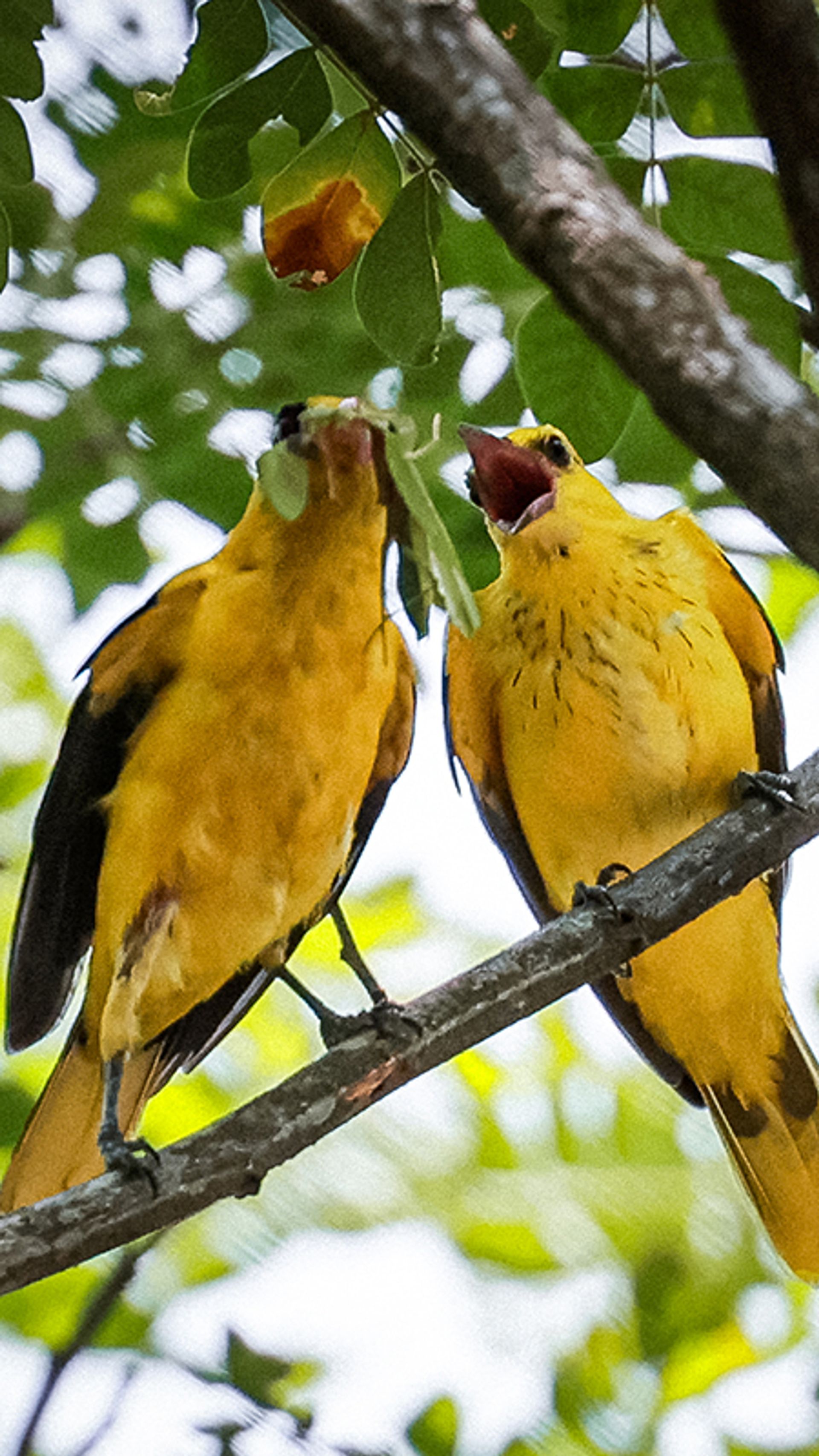Rays of sunlight filter through the leaves and branches of trees in Pasir Ris Park at 8am.
Peering through his binoculars, 12-year-old student Faris Irfan Farid looks out for birds.
He and his teammates from Yumin Primary School reach a pedestrian bridge overlooking Sungei Tampines and thick foliage. Binoculars and cameras on hand, they keep an eye out for interesting fauna.
They were among 159 students from 12 schools who fanned out across the island to four parks and two gardens on May 29, seeking to capture and document as many species of fauna as they could. Primary school teams were given three hours, while secondary school teams were given 3½ hours.
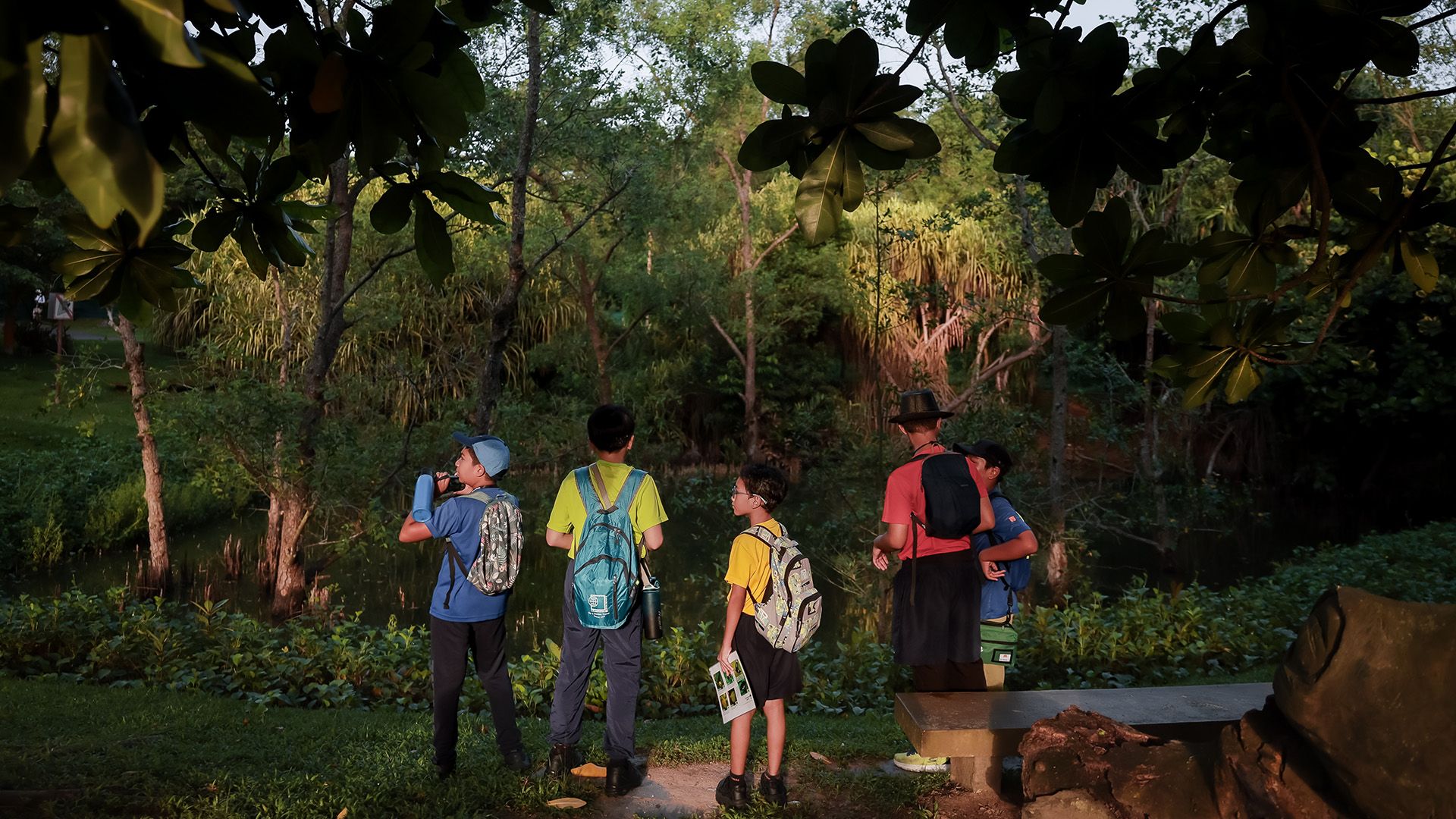
Held for the third consecutive year, the Nature Society Singapore’s (NSS) annual biodiversity race aims to get young people to fall in love with Singapore’s fauna. It is open to all primary and secondary school students.
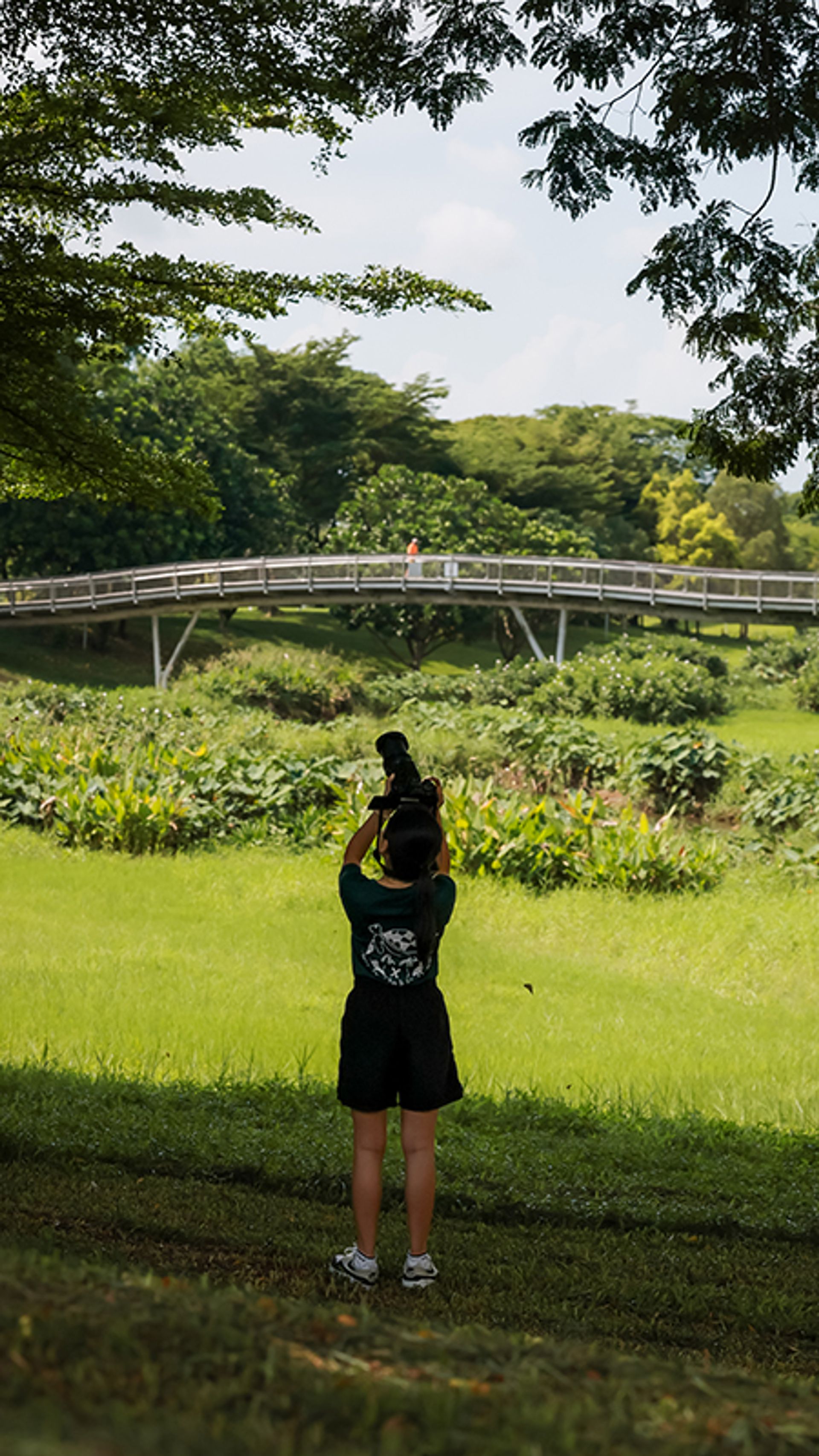
Students can either submit photographs of creatures they spot or audio recordings of bird calls to the iNaturalist website, which records animal and plant sightings and aims to capture high-quality observations that researchers can use.
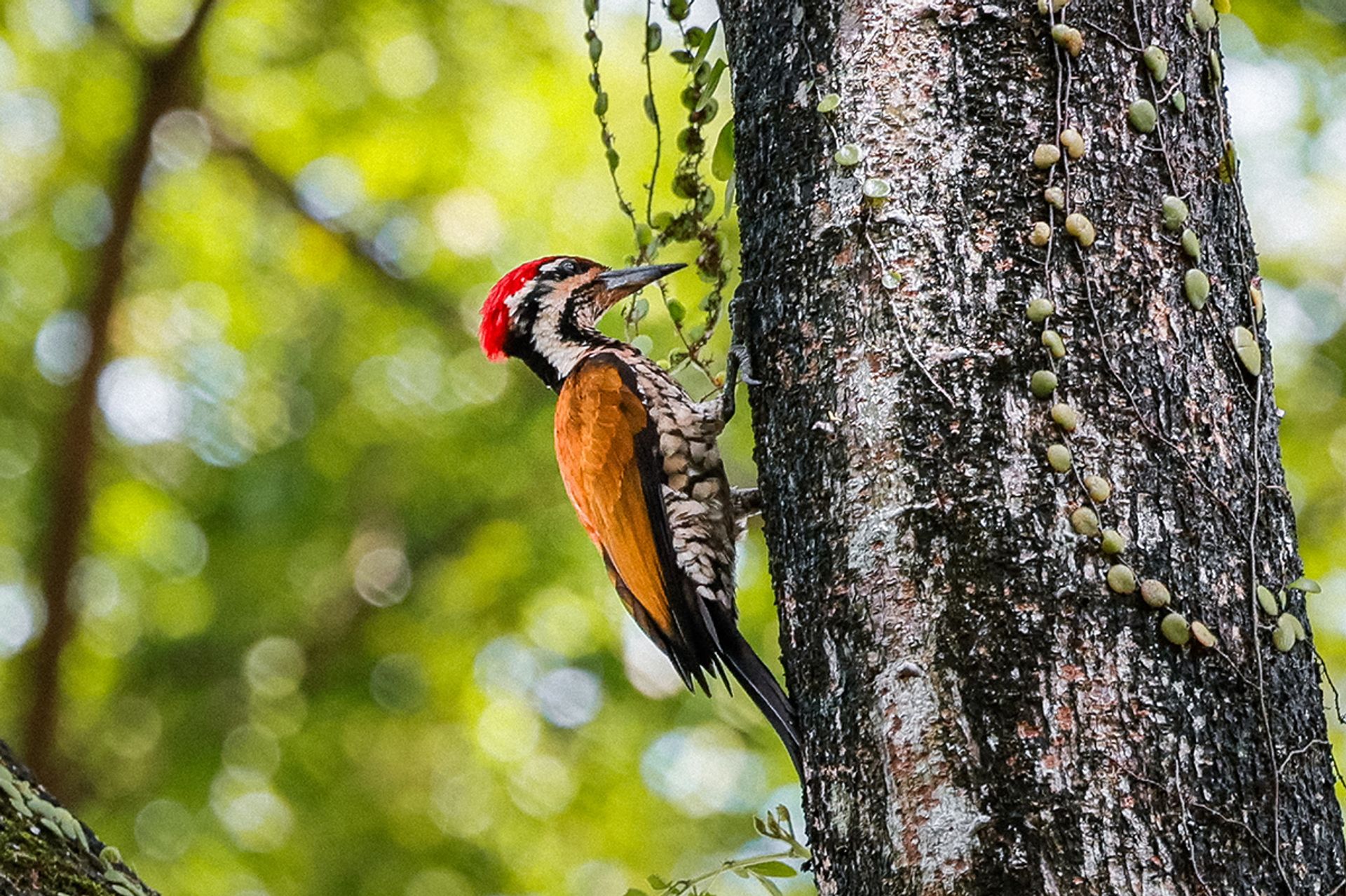

Only birds, butterflies, moths, amphibians, reptiles and mammals were counted in the race.


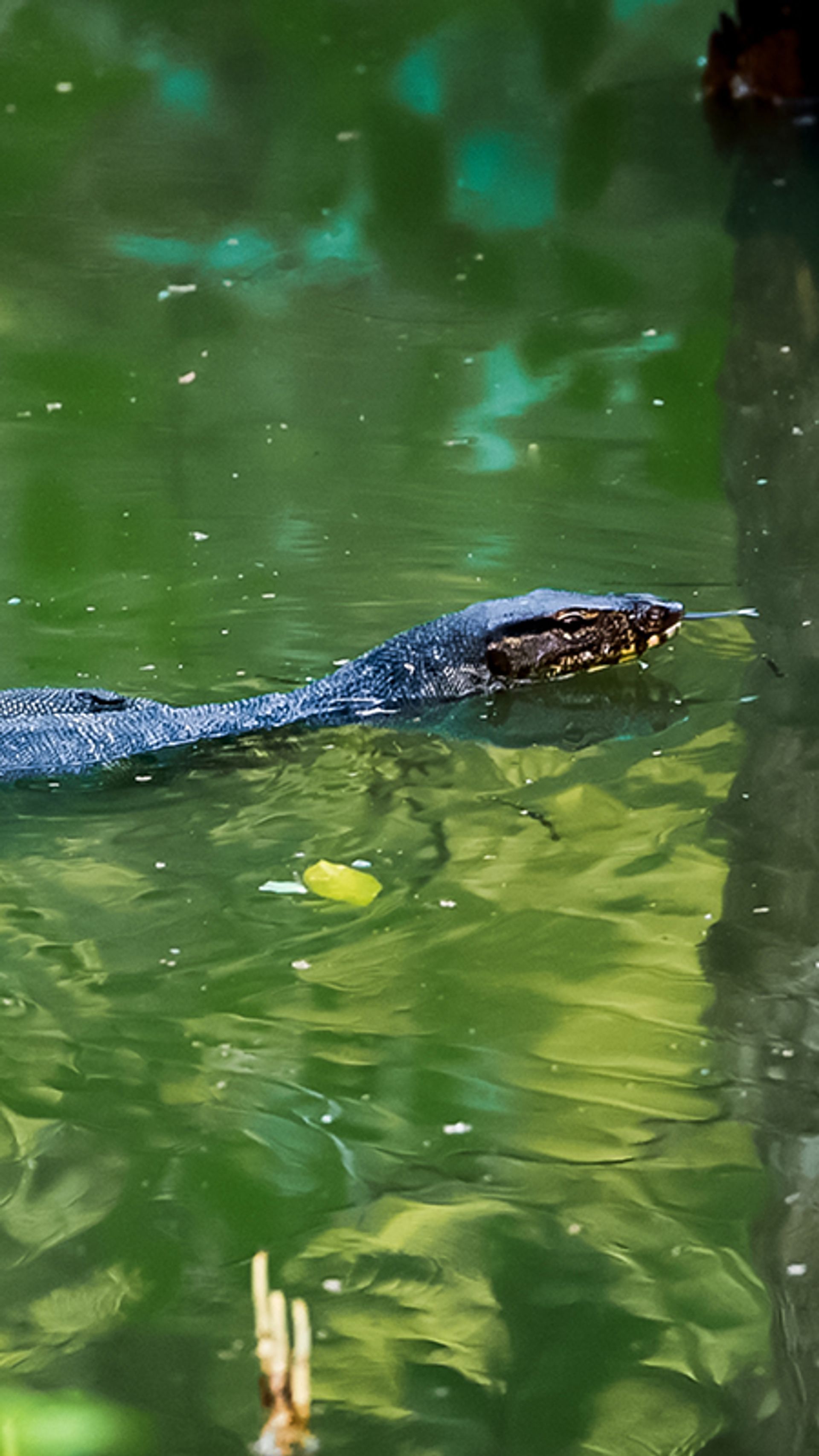
The annual biodiversity race is part of NSS’ flagship citizen science and nature education programme, Every Singaporean A Naturalist (ESN). It aims to equip youngsters from pre-school to tertiary levels with the knowledge and skills to appreciate, identify and monitor urban biodiversity.
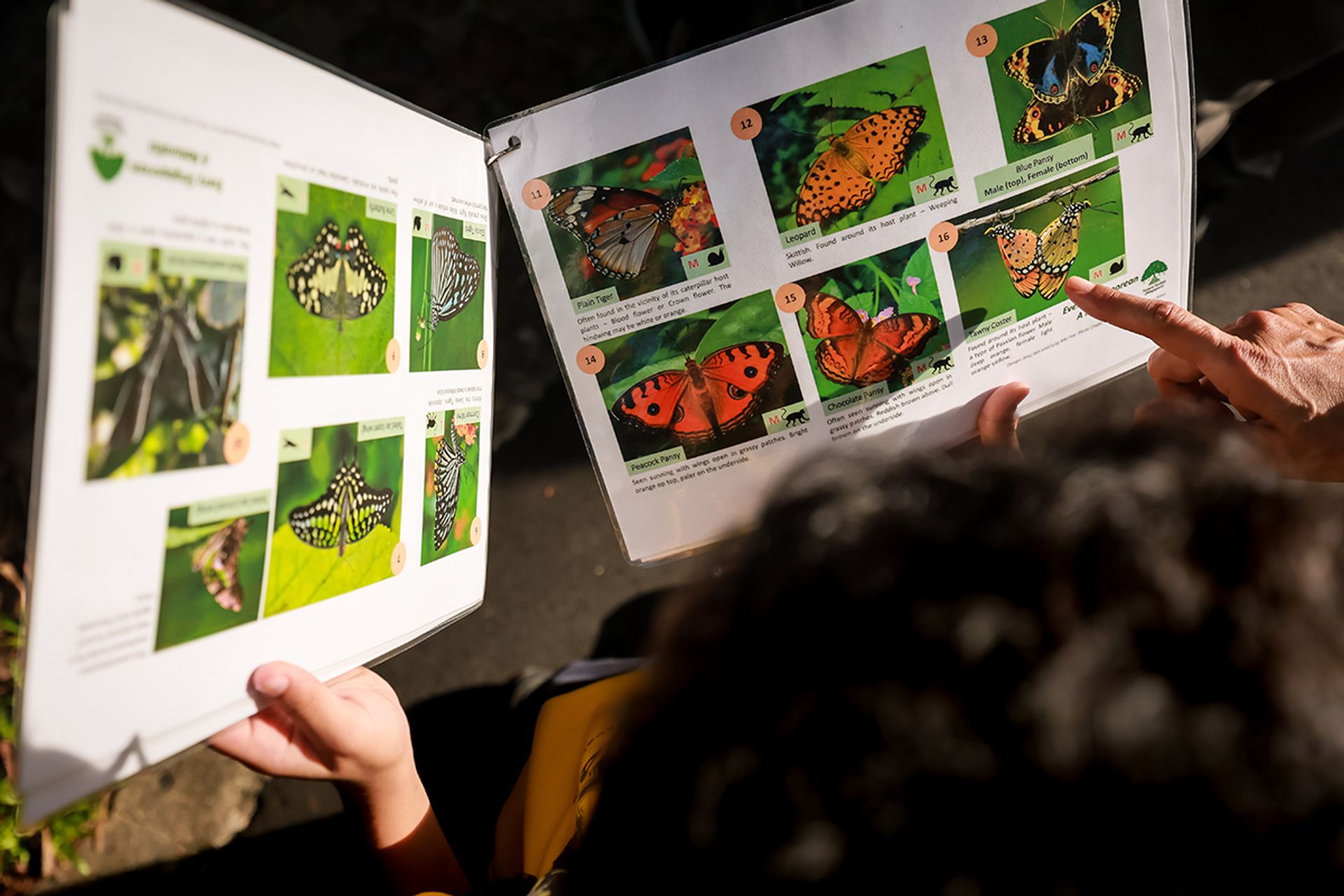
Up to three teams per school can participate in the competition.
Many of the participants said they took part in the race after gaining an appreciation for Singapore’s rich biodiversity from their co-curricular activities (CCA) and environmental initiatives in school.
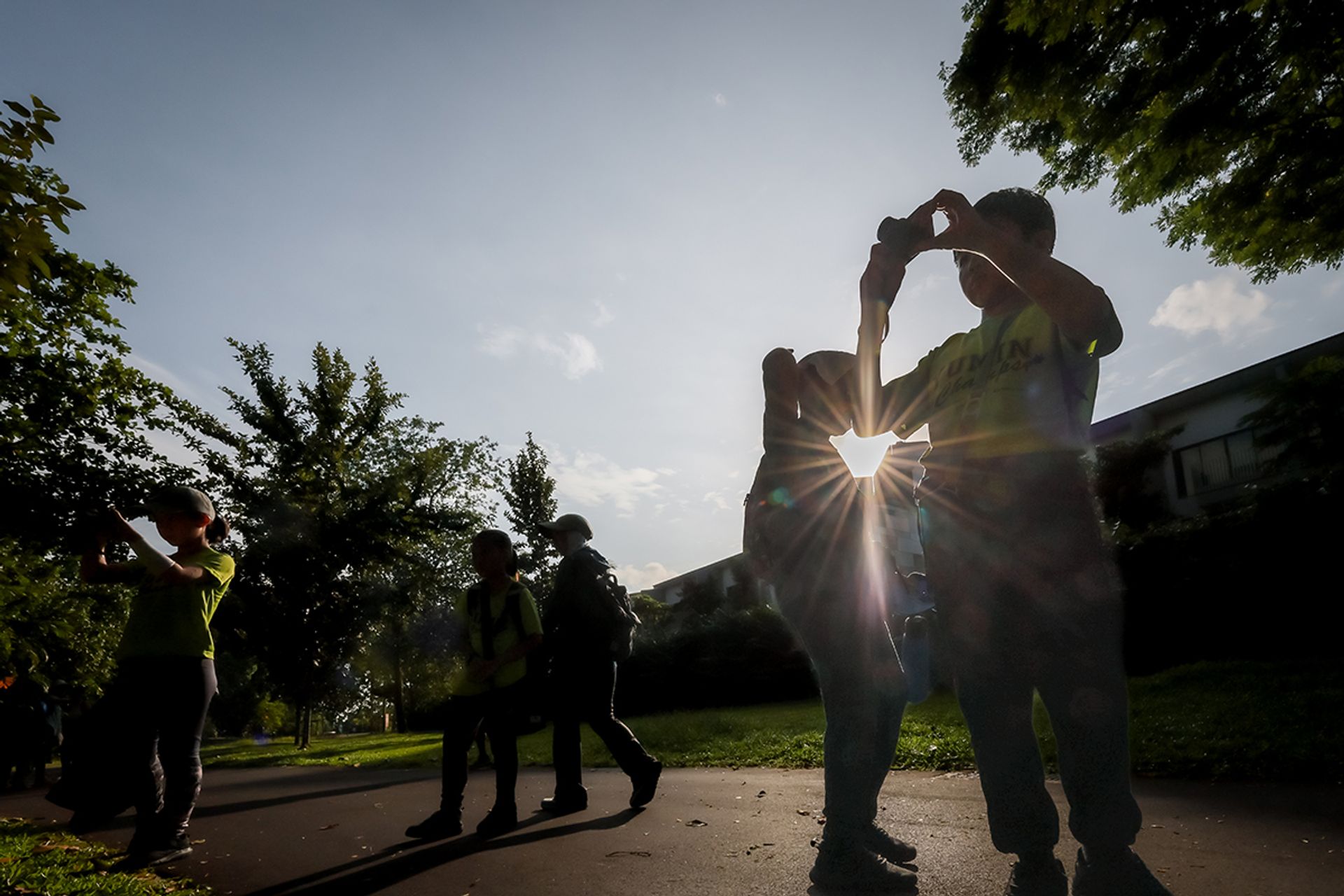
This was the second time Raffles Girls’ School students Jovina Cheong, 14, Nipuna Vaitheeshwaran, 14, and Tania Raj Kanna, 15, participated in the biodiversity race.
The trio took part in a school-based research project in 2023, where they became “really interested in biodiversity”, Jovina said. “We also had a chance to join last year and we thought it was really fun and exciting.”
Having gained a better understanding of Singapore’s biodiversity through the research project and the biodiversity race in 2023, Tania went on to encourage her peers, such as schoolmate Amelia Lim, to join her in learning more about the abundance of nature on this urban island.

Yishun Town Secondary’s Sim Hui Hui, 14, took part in the race because her interest was piqued by her CCA, environmental science club.
“If I wasn’t in this CCA, I would not have come to all these parks. I would probably stay at home and study all day. So I think this has led me to get closer to nature,” said Hui Hui, a second-time participant.
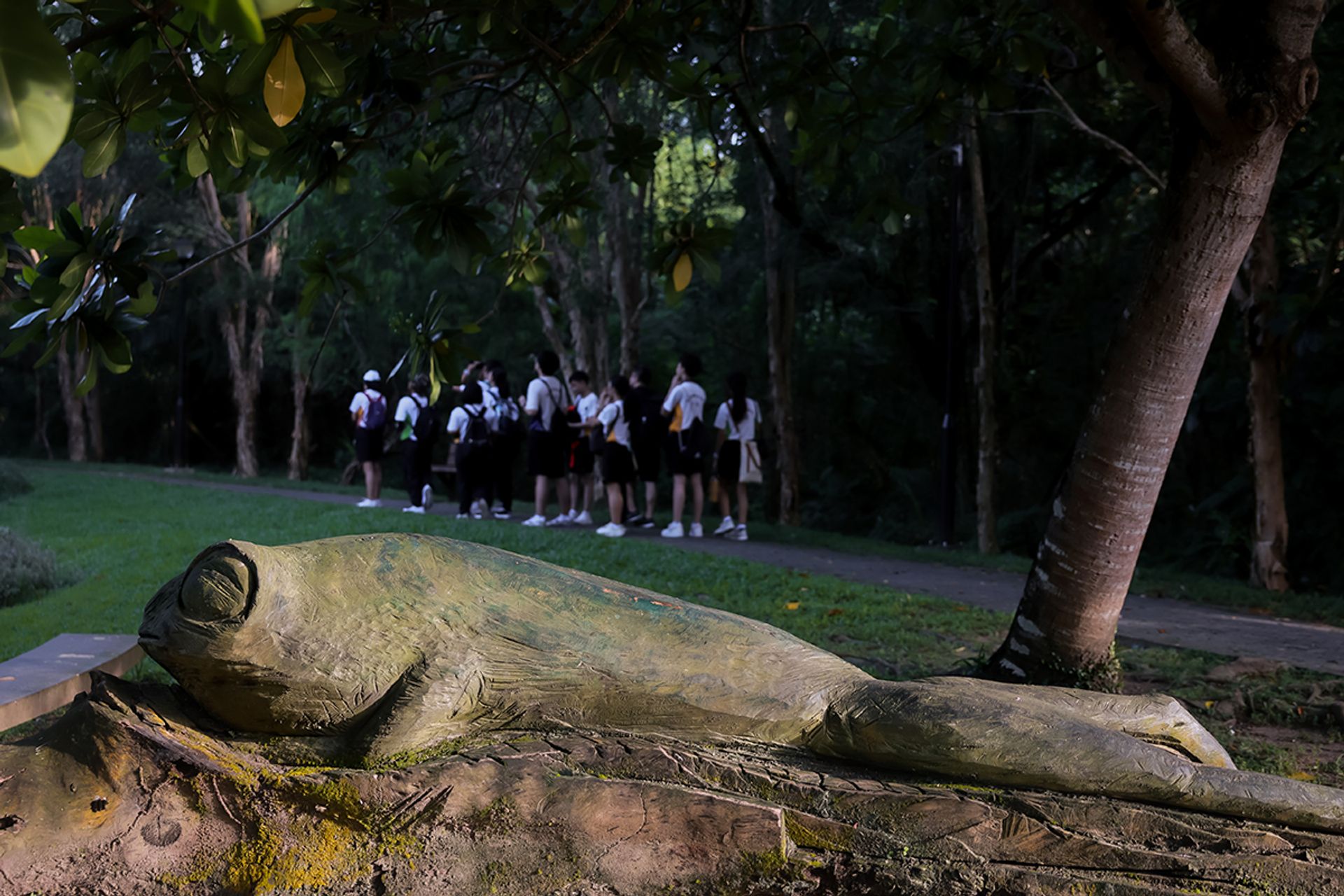
Her teammate, Lee Zi Ying (below, holding camera), 15, said: “It’s important for youth like myself to know about Singapore’s biodiversity because it’s actually really unique that we get to see different kinds of animals here. I didn’t even know that some animals existed.”
CONNECTING WITH NATURE
“It’s important for youth like myself to know about Singapore’s biodiversity.”
Ms Lim Jia Ying, the girls’ environmental science club CCA teacher, said it is of utmost importance that youth learn to protect Singapore’s biodiversity.
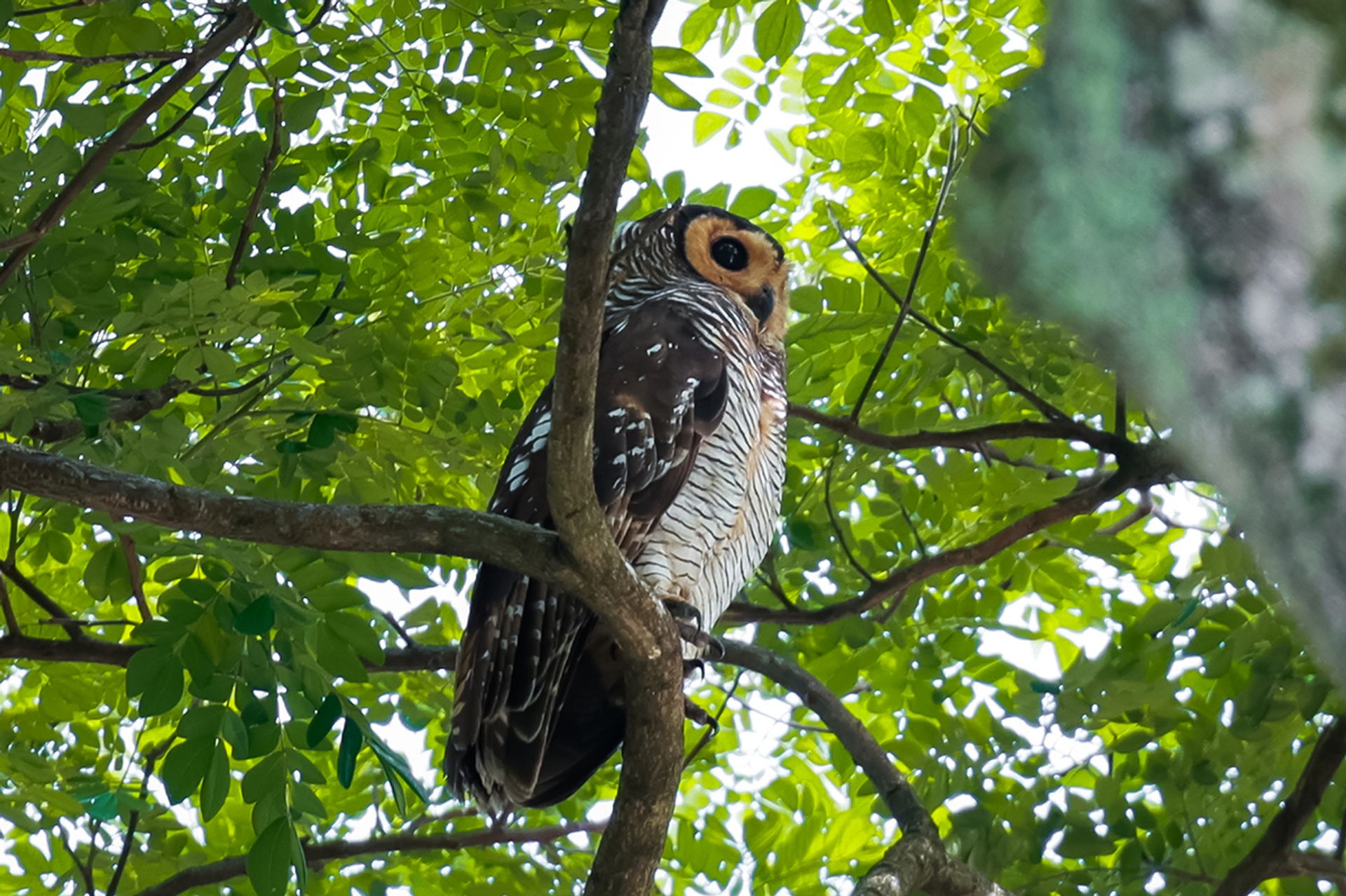
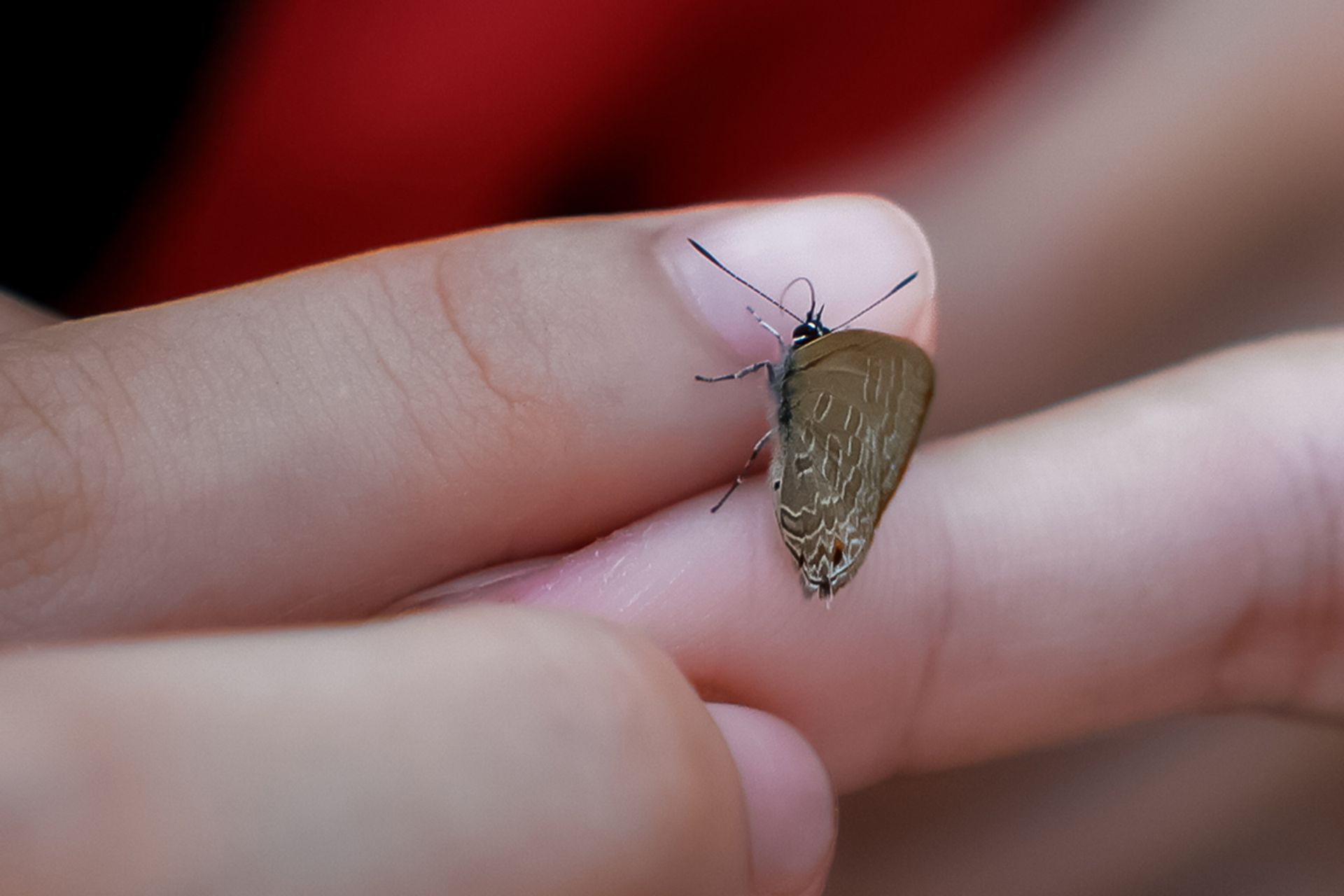
“We all know to take action and raise awareness, and help with conservation and sustainability. But for them to do so, they must learn and love Singapore’s biodiversity first. It’s hard for people to commit to changes,” she said.
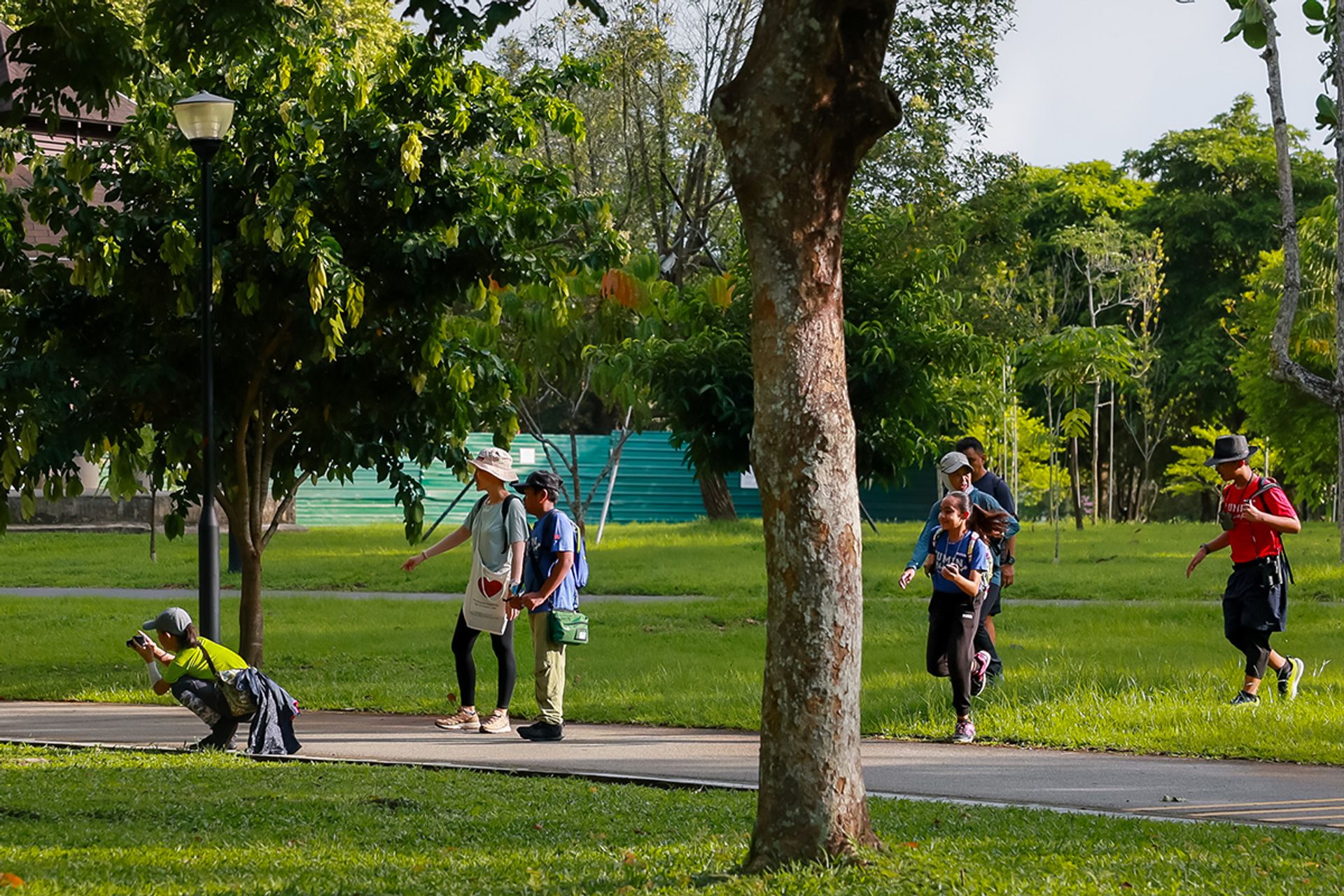
Established in 1954, the NSS is a non-profit organisation dedicated to fostering appreciation and promoting conservation of the natural world in Singapore, Malaysia and the surrounding region.
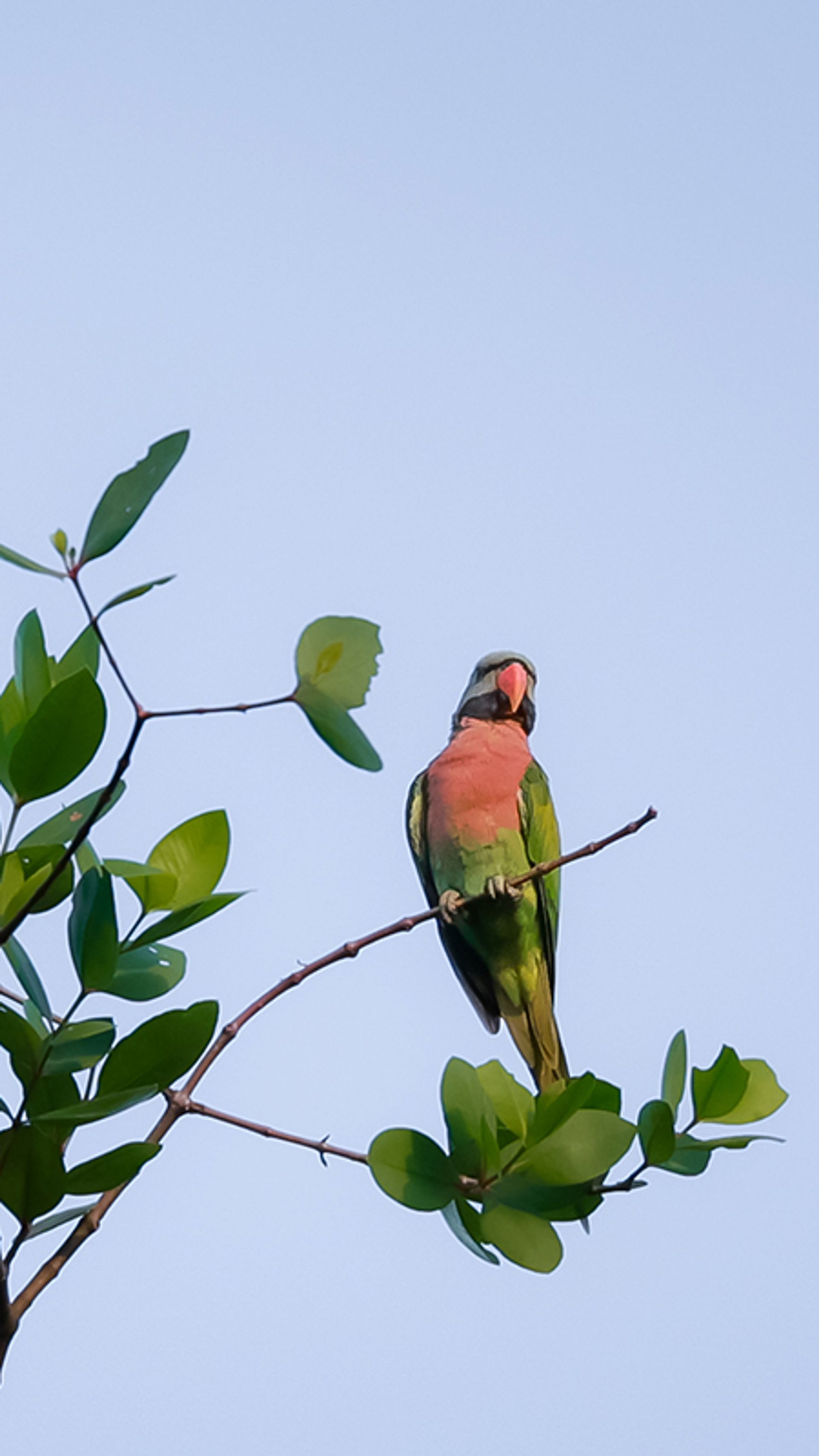
Ms Huang Ningxin, NSS’ assistant director and head secretariat, said Singapore’s youth can contribute to conservation efforts as citizen scientists by simple acts such as uploading photographs to the iNaturalist database, which is part of a global database for conservation and research.
“There is power in numbers. There are always more members of the public than there are researchers or scientists. The public can actually provide more data for researchers than if the researchers themselves were to go out into nature,” she said.
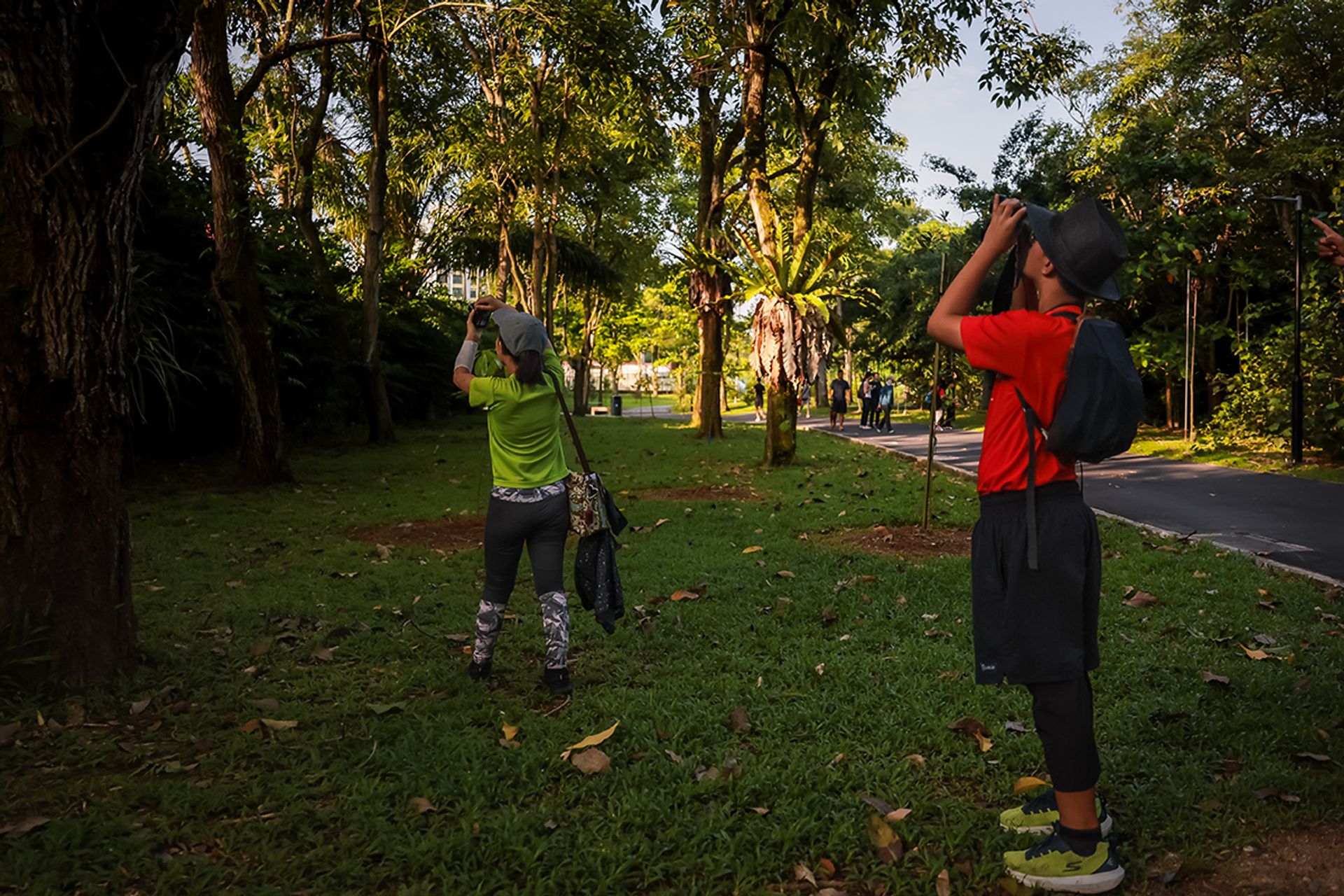

Students from Raffles Girls’ School and Teck Whye Primary came up tops for recording the highest number of species – 33 and 21 respectively – with research-grade observations.
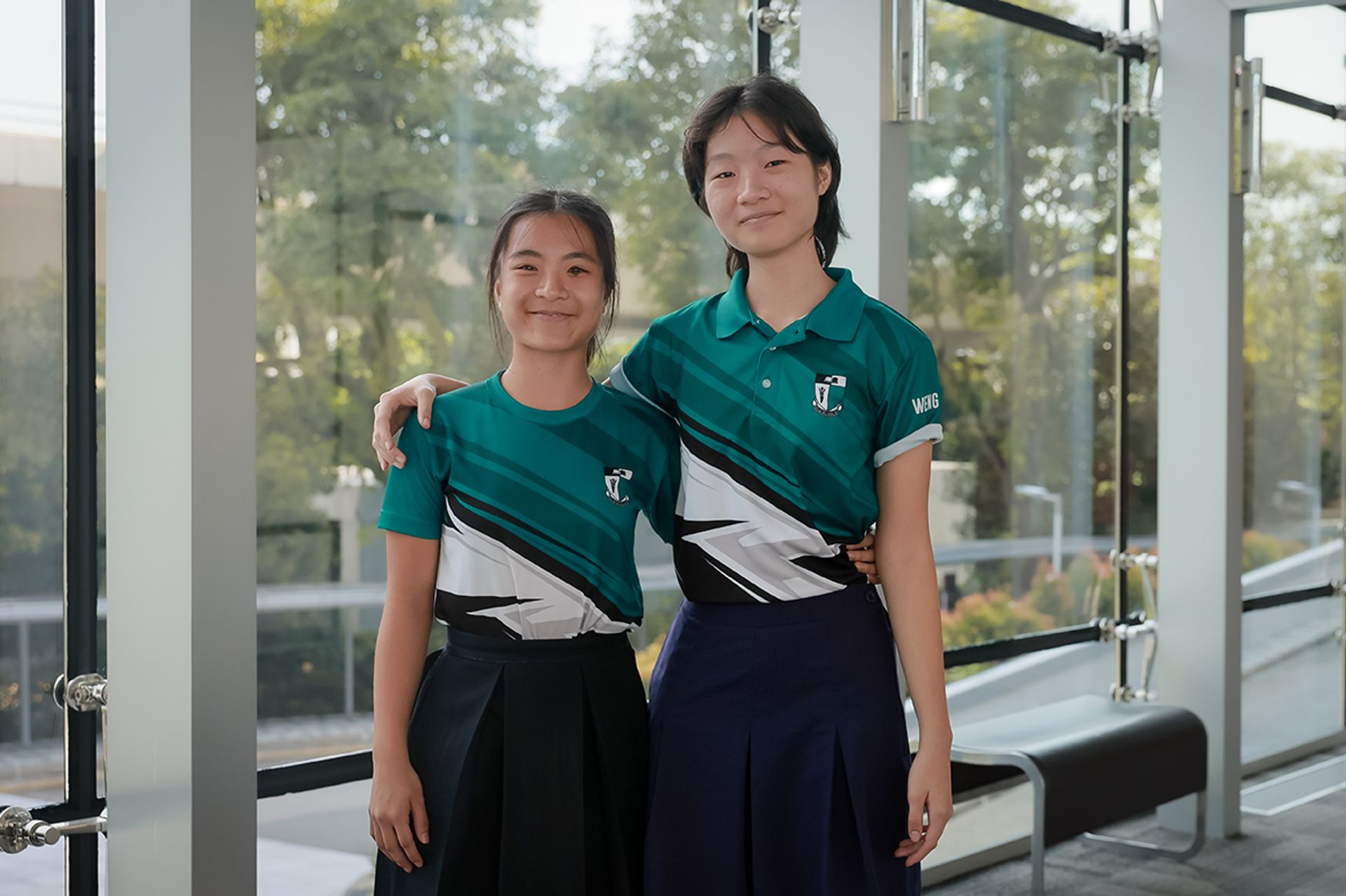
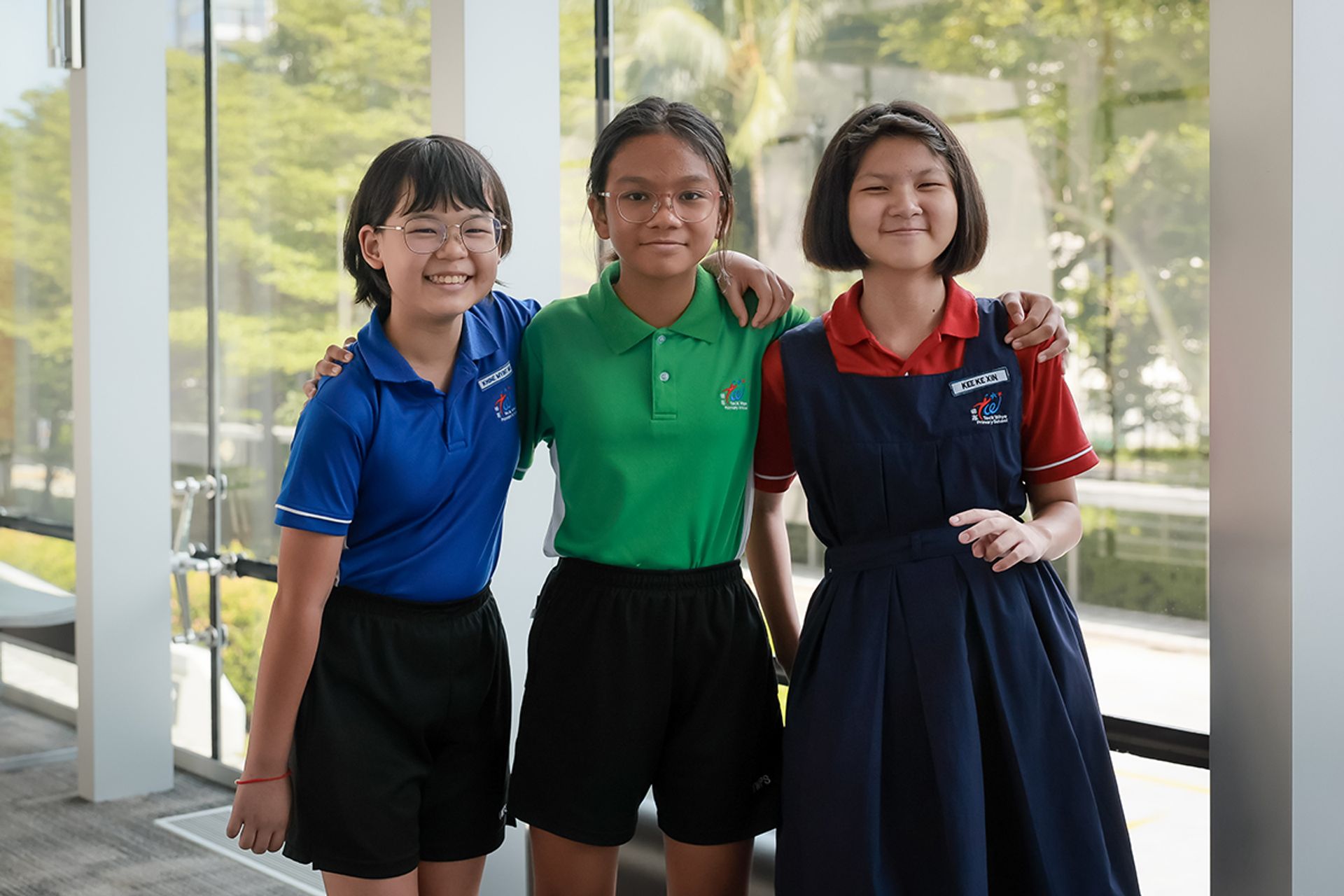
The same Teck Whye Primary team and one from Yishun Town Secondary won for best photographed observations, while Sembawang Primary and a second team from Raffles Girls’ School made the most unique observations.
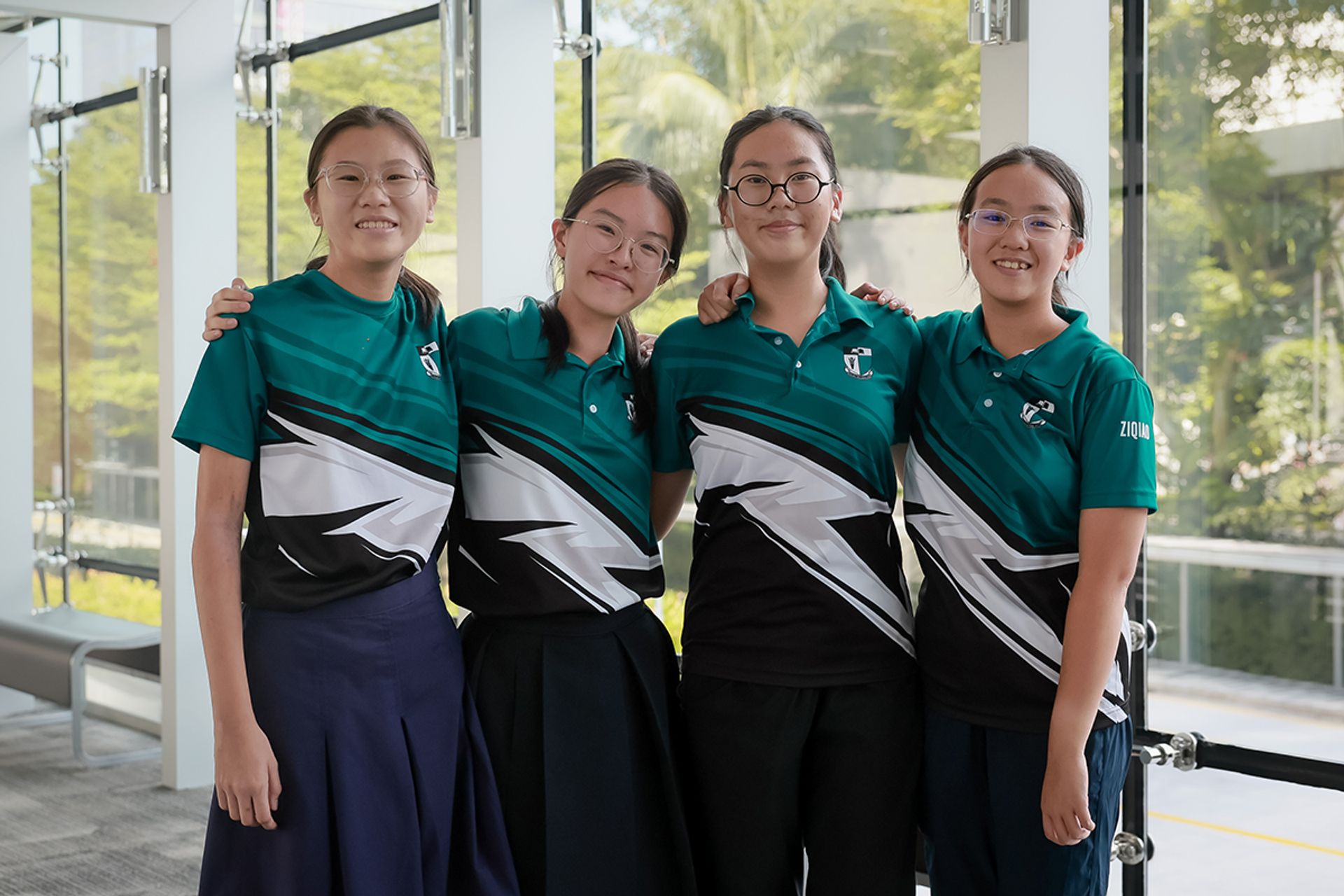

Those keen to support the ESN programme, and schools or organisations which are interested to join the programme can e-mail NSS at [email protected]
